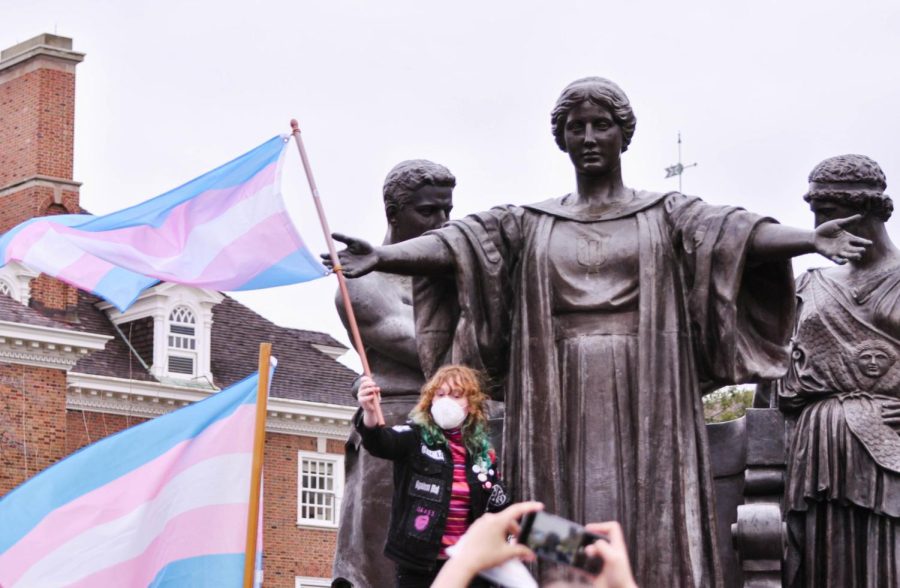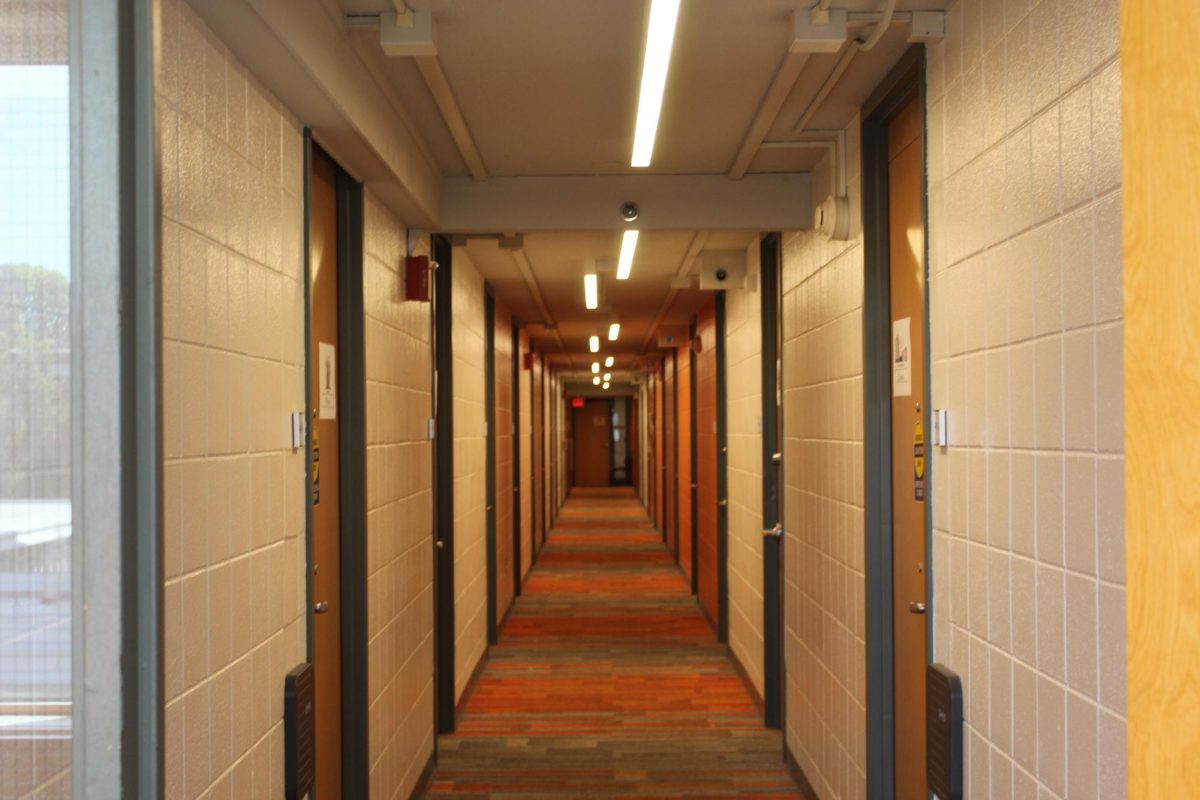The first Black student enrolled at the University of Illinois in 1887. However, Black student enrollment remained extremely low until the late 1960s. Here is an overview of the history of Black student housing at the University.
Early years
Jessica Ballard, archivist for multicultural collections and services at the University Archives, said the University did not have many housing accommodations available around the late 19th century.
“Campus housing was just very small — most students weren’t living on campus, but a lot of students were living very close to campus,” Ballard said.
Get The Daily Illini in your inbox!
According to Ballard, since the community had “restrictive covenants” on Black residents at the time, the Black community primarily lived on the north end of Champaign.
“That’s pretty much where a lot of black students were living as well,” Ballard said. “If they weren’t from the community, … there (were) often people in the Black community that would open up their homes (to students).”
Although early data is sparse, Albert Lee kept extensive records on housing and recruitment of Black students. Lee began as a messenger but eventually became the chief clerk to the University president.
Lee is known as the “unofficial dean of Black students” and was instrumental in assisting Black students in school and housing around this time period.
“He worked closely with the community to help them find homes, he was also very active at his church, Bethel AME,” Ballard said.
Postwar period
It wasn’t until 1946 that the first Black students — Quintella King and Ruthe Cash — lived in University Housing in Evans Hall.
In a research paper written by professor Joy Ann Williamson titled “The Snail-Like Progress of Racial Desegregation at the University of Illinois,” other Black women would follow.
However, even though the dorms were desegregated by providing female Black students with housing contracts, Black and white women were not allowed to room together, Williamson said.
Williamson added that discriminatory practices from landlords and prohibitory contracts further limited the housing options available.
Ballard noted that during the period following World War II, the one exception to living in the north end was fraternities and sororities, many of which owned houses closer to campus.
Examples of such include fraternities Alpha Phi Alpha and Kappa Alpha Psi and sorority Delta Sigma Theta, all of which were featured in the 1946 issue of the Illio.
“The north end … might have been about a 30-minute walk one way,” Ballard said. “So (Black students) still felt their community wasn’t (as) present as they would have liked.”
Williamson echoed Ballard on the challenges of living in the north end, noting that “traveling to and from campus by foot meant lost time for study and recreation, while white students could take advantage of both.”
Post-1960
Housing and discrimination continued to be a challenge for Black students, even as the Black student population grew in the late 1960’s with Project 500 — an effort to bring in diverse students and offer equal educational opportunities in 1968.
According to the University Archives, Project 500 consisted of mostly Black and Latino students.
Ballard said that the influx of Black students in 1968 aided the Black Power movement led by the Black Student Association.
“The Black Student Association on campus … (pushed) a lot of things forward with the Black Power movement because they were organizing in 1967,” Ballard said. “When you start to get more black students by 1968, that really made a difference, because there were more voices.”
However, she points out that issues arose when the administration did not fulfill many of the promises that they had made students in the Project 500 program.
“There were some students who were promised certain things by recruiters, such as certain financial aid packages that didn’t go through,” Ballard noted. “There were some students who were sleeping in lounges.”
Project 500 students eventually organized a sit-in in hopes that the administration would address their frustrations.
“These students (are) trying to have the same accommodations as other students, and it’s not happening, which led to the big sit-in in 1968,” Ballard said. “They had a list of demands that they hoped Chancellor Peltason would meet with them about.”
Ballard said that the event was peaceful, with people sitting and playing cards whilst waiting for the chancellor to meet with them.
“The response was that early in the morning, the police came with dogs and there were over 200 students that were arrested,” Ballard said.
Eventually, though, Chancellor Peltason conceded to some of the demands of students.
“Chancellor Peltason did concede … (to) having a Black Cultural Center,” Ballard said. “Black Studies also started to emerge, the Black chorus as well … so it really was a movement that brought a lot of programs that are still highly valued today.”






